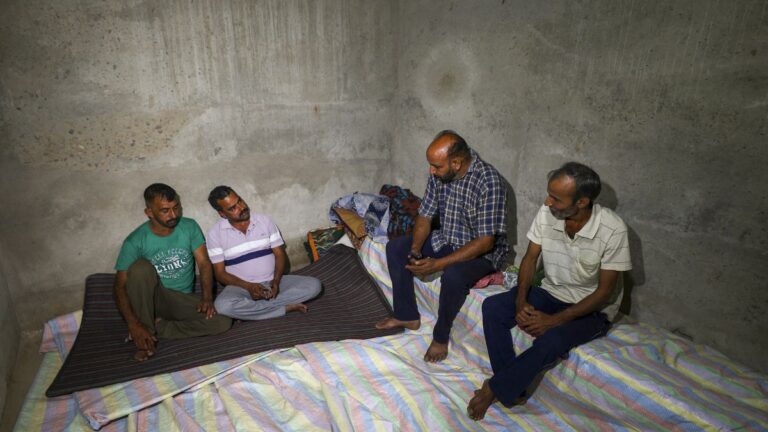

India’s air defense system
After the success in Operation Sindoor against Pakistan, the three army officers of India held a joint press conference and revealed how the Indian armed forces made Pakistan dust with the help of a strong air defense system i.e. multi -level air defense (AD) system. The Indian Army thwarted several air strikes by Pakistan from 7 to 10 May and showed Pakistan its status. With the help of this air defense system radar system, missile batteries and strong networks of real -time attacks, the nefarious intentions of Pak were baseless in the air.

Operation vermilion
In the special briefing of the Ministry of Defense, the three army officials explained how the strategic efforts were successful, how India’s integrated air defense grid became active when Pakistani drones, fighter aircraft and surface -to -surface missiles tried to infiltrate Indian airspace. This air defense system immediately reacted and neutralized the air strike by Pakistan, which led to the protection of important infrastructure including airbase, radar posts, logistics hubs and populated urban areas.
Officials said the Four Leard Air Defense System included long -range monitoring radar, medium -range surface -to -air missiles, sky missile systems and very short distance air defense missile systems, which gave strong reply to Pakistan.

Four Leard Air Defense System
How the first layer works:
The most inner layer of India’s air defense system is designed to combat very short -range air threats, especially low -height drones and aircraft. The layer includes several systems including L-70 anti-aercraft guns, igla and straylle man-portable air defense systems (manpads), ZU-23-2B Twin-Bail guns, as well as tracked platforms such as Shilka and Tunguska. These systems are capable of penetrating goals within a radius of 10 km, which provide a significant shield against immediate air threats.
How the second layer works:
Another layer of the air defense system is known as point defense layer, and is responsible for the protection of important installations and high range places. This layer is equipped with a short distance surface missile systems including the sky, spider, summer, picora and Osa-AK. These systems are designed to prevent air threats within the range of up to 50 km, which provides focused and effective defensive cover on specific strategic areas.
How the third layer works:
This layer includes a medium -range missile system designed to deal with a long distance air threats. This layer includes indigenous sky system and Indo-Israel Medium-distance surface-to-air missile (MRSAM). Major properties at this level are missile platforms such as Barak and Guard, which can neutralize the targets up to 100 kilometers away, creating a strong shield against considerable height and long distance hazards.
How the fourth layer works:
The fourth and outer layer of India’s air defense architecture is produced by the S-400 Triumph system of Russian origin. Famous for its advanced abilities, S -400 can detect dangers coming from a distance of up to 400 kilometers, can track and finish them – whether it is enemy aircraft or missile.
What is sky missile
The Akash missile system developed by India is one of the best performing missiles. Akash successfully stopped many aerial threats during recent enmity and strengthened its role as an important component of India’s air defense shield.

India’s sky missile
How Akash Missile works
The sky missile has a solid fuel, a Ramjet propulsion system, capable of reaching a speed of MAC 2.5 to 3.5 (4,200 km/h). Its operating limit is 4.5 to 25 km and it can penetrate goals at a height of up to 18 km. The command of the Akash missile is a digital autopylot, which includes a self -decitated system to reduce damage in the target failure. Each missile is capable of carrying a 60 kg warhead, which may be a traditional warhead or nuclear warhead. The system is likely to be hit by 88% from a missile and up to 99% when fired with two missiles.



